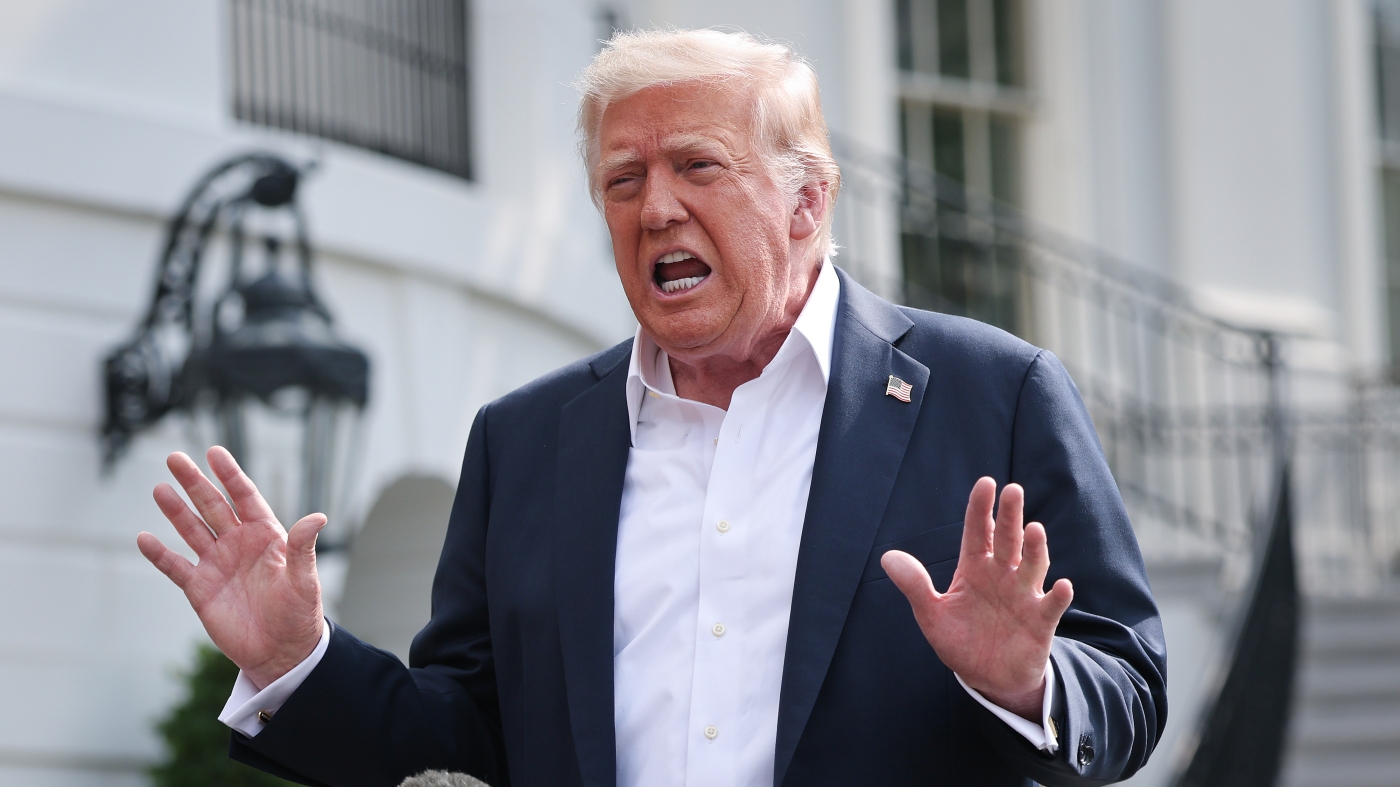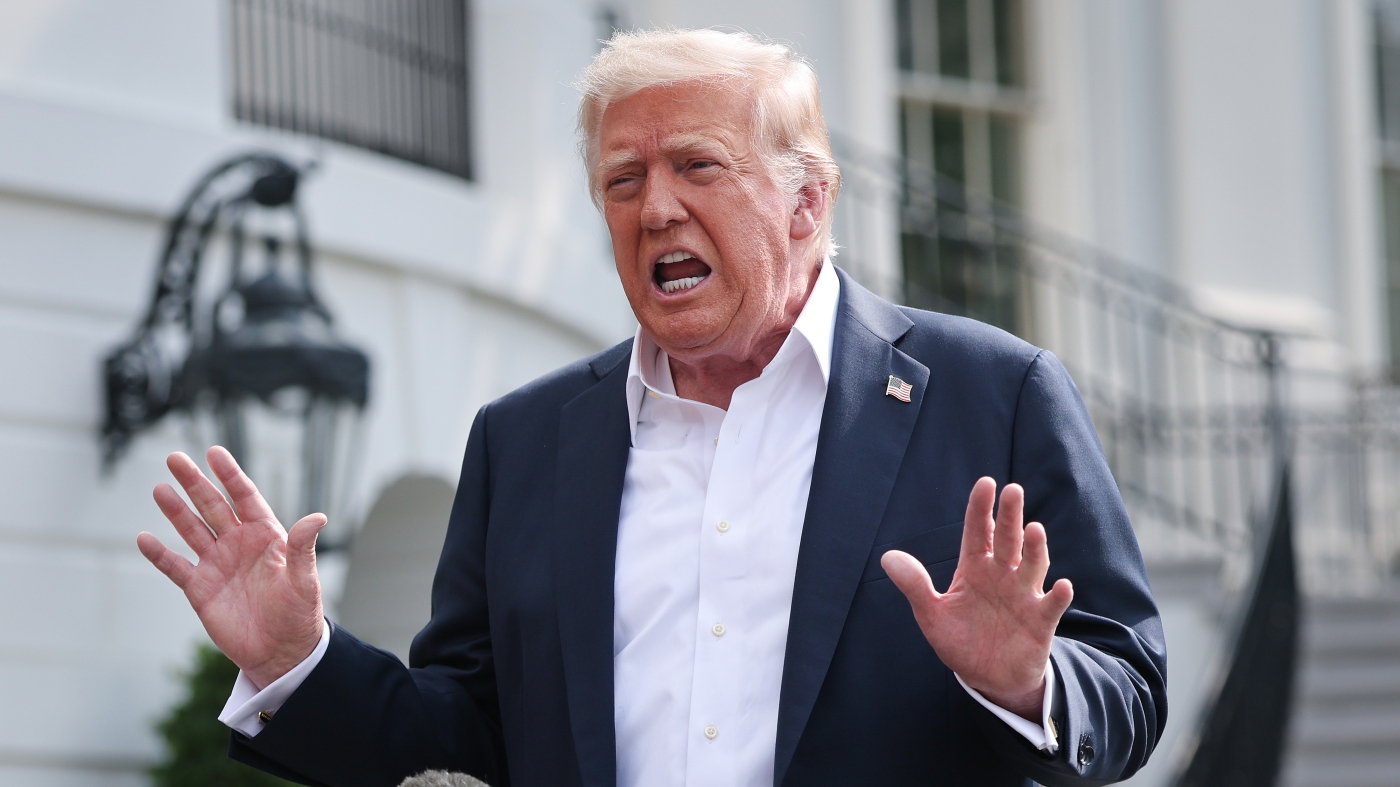The Intersection of Technology and Ideology: Analyzing Trump’s AI Action Plan
Introduction: A Bold Vision with Polarizing Implications
The unveiling of Donald Trump’s “AI Action Plan” marks a pivotal moment in the intersection of technology and politics. This ambitious initiative, shaped by the influence of Silicon Valley executives, aims to redefine federal policy on artificial intelligence. However, its deregulatory approach and focus on “woke AI” have sparked intense debate, highlighting the complex relationship between technological advancement and ideological battles.
The Genesis of the Plan: From Podcasts to Policy
The origins of Trump’s AI agenda can be traced back to the podcasts of Silicon Valley billionaires, where ideas that now underpin U.S. policy were first articulated. Following Trump’s return to the White House, he tasked his tech advisors with developing new AI policies, signaling a significant departure from the previous administration’s approach. The revocation of President Joe Biden’s AI guardrails set the stage for a policy shift that prioritizes innovation and industry growth.
Deregulation and Growth: The Core Tenets
At the heart of the “AI Action Plan” lies a deregulatory strategy designed to bolster U.S. tech leadership. The plan emphasizes innovation, infrastructure development, and global AI diplomacy, aiming to provide AI developers with greater freedom to operate. By relaxing regulations and reducing bureaucratic hurdles, the administration seeks to foster a more dynamic and competitive AI landscape. However, critics argue that this approach could lead to unchecked AI development, raising concerns about privacy, security, and civil liberties.
“Woke AI” and the Culture War
One of the most controversial aspects of Trump’s AI policies is the focus on “woke AI.” A new executive order instructs tech companies to address perceived liberal bias in AI models, with future federal contracts potentially contingent upon compliance. This directive has significant implications, as it places tech companies in a precarious position, forcing them to navigate the complexities of political ideology and technological development.
The framing of “woke AI” suggests a specific ideological agenda, which risks politicizing AI development and potentially stifling innovation. While concerns about fairness and accuracy in AI are legitimate, the administration’s approach may impose subjective standards that could hinder the progress of AI technologies.
Silicon Valley’s Influence: A Double-Edged Sword
The “AI Action Plan” reflects the significant influence of Silicon Valley tech leaders who supported Trump’s campaign. These executives have shaped the AI agenda, advocating for policies that align with their interests. While this collaboration has led to a more industry-friendly regulatory environment, it also raises questions about potential conflicts of interest and whether the plan truly serves the broader public good.
The close collaboration between the administration and tech executives could lead to a concentration of power and wealth in the hands of a few, potentially leaving smaller players and marginalized communities behind. This raises concerns about the equitable distribution of benefits from AI development.
Key Policy Actions: A Comprehensive Approach
The 28-page “AI Action Plan” includes over 90 policy actions designed for implementation over the next year. These actions span various areas, including:
– Easing Data Center Rules: Streamlining regulations for data centers to facilitate AI development and deployment.
– Reshaping AI Export Policies: Adjusting export policies to counter China’s growing influence in AI.
– Addressing “Bias” in AI Models: Implementing measures to ensure AI systems are free from liberal bias, as defined by the administration.
These policy actions aim to create a more favorable environment for AI development, but they also raise questions about the potential consequences of deregulation and the politicization of AI.
Implications for Tech Companies: Navigating a Complex Landscape
Trump’s AI policies have significant implications for tech companies, particularly the focus on “woke AI.” Companies may need to invest significant resources in auditing and modifying their AI models to comply with the administration’s standards. This could lead to a chilling effect on free expression and innovation, as companies may be hesitant to pursue research or develop AI systems that could be deemed “biased.”
Moreover, the potential link between federal contracts and adherence to these standards creates a powerful incentive for companies to align with the administration’s views. This could lead to a homogenization of AI development, with companies prioritizing compliance over innovation.
Broader Concerns and Criticisms: Balancing Innovation and Ethics
The “AI Action Plan” has drawn criticism from various quarters. Some experts worry that the deregulatory approach could lead to unchecked AI development, with potential risks to privacy, security, and civil liberties. Others question the focus on “woke AI,” arguing that it is a politically motivated attempt to control the narrative surrounding artificial intelligence.
Additionally, there are concerns that the plan could exacerbate existing inequalities. By prioritizing the interests of Big Tech companies, it may further concentrate power and wealth in the hands of a few, while leaving smaller players and marginalized communities behind. This raises questions about the equitable distribution of benefits from AI development.
A Global Perspective: The U.S. in the Global AI Race
Trump’s AI policies also have implications for the United States’ standing in the global AI race. By focusing on deregulation and domestic growth, the plan could potentially undermine international cooperation and collaboration on AI development. This could put the U.S. at a disadvantage in the long run, as other countries invest heavily in AI research and development and establish international standards and norms.
The U.S. has long been a leader in AI development, but the administration’s approach risks isolating the country from the global AI community. This could have long-term consequences for the U.S.’s competitiveness in the AI sector.
Potential Benefits: Fostering Innovation and Growth
Despite the criticisms, the “AI Action Plan” also offers potential benefits. By fostering innovation and investment in AI, it could lead to new breakthroughs and applications that improve lives and drive economic growth. The plan’s focus on infrastructure development could also create jobs and opportunities in the tech sector.
However, realizing these benefits requires careful consideration of the potential risks and downsides. It is essential to strike a balance between promoting innovation and ensuring that AI is developed and deployed in a responsible and ethical manner.
The Path Forward: Navigating the Complexities
As the “AI Action Plan” moves forward, it is crucial to engage in a broad and inclusive dialogue about the future of artificial intelligence. This dialogue should involve experts from various fields, including computer science, ethics, law, and social science, as well as representatives from industry, government, and civil society.
By working together, we can navigate the complexities of AI and ensure that it is used to benefit all of humanity. This requires a commitment to transparency, accountability, and ethical principles, as well as a willingness to address the potential risks and challenges that AI poses.
Conclusion: A Tumultuous Trajectory
Trump’s “AI Action Plan” represents a bold attempt to reshape the landscape of artificial intelligence in the United States. However, its collision with the culture war and its reliance on Silicon Valley’s influence create a complex and potentially tumultuous trajectory. Whether this plan will ultimately succeed in boosting U.S. tech leadership while addressing concerns about bias and ethical considerations remains to be seen. One thing is certain: the future of AI under this plan will be closely watched and debated for years to come. The path forward will require careful navigation of the complexities of AI, ensuring that it is developed and deployed in a manner that benefits all of humanity.








